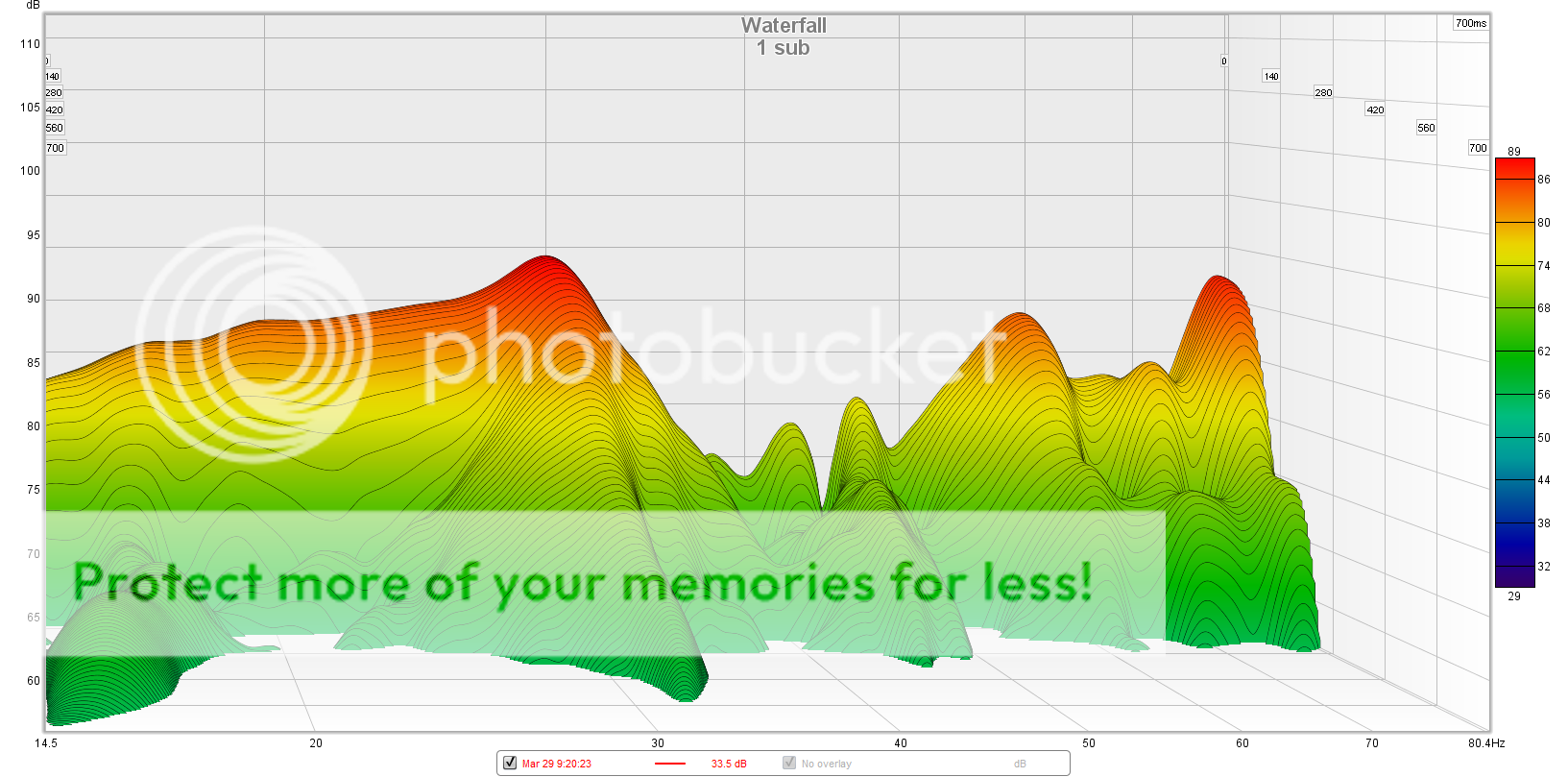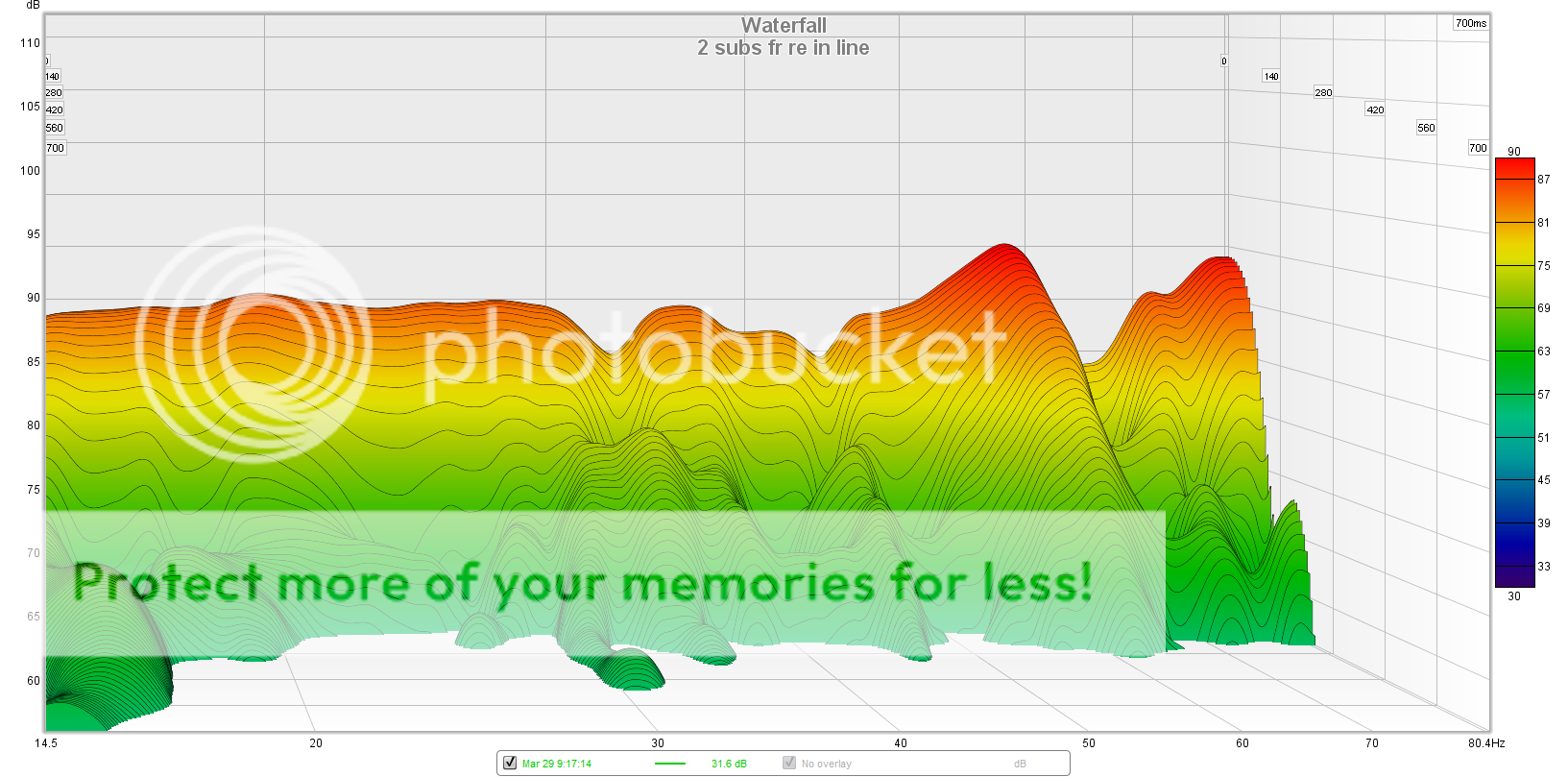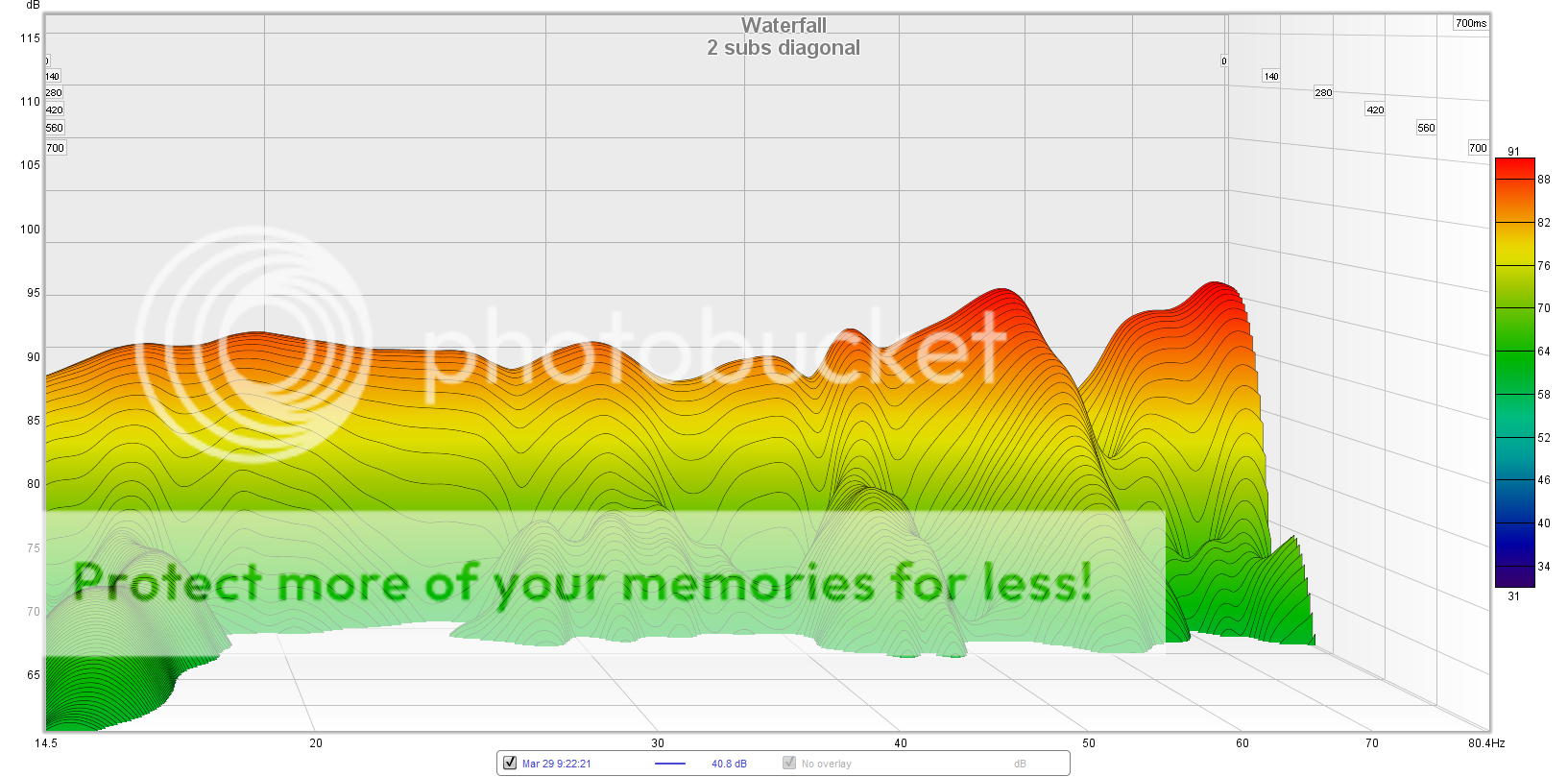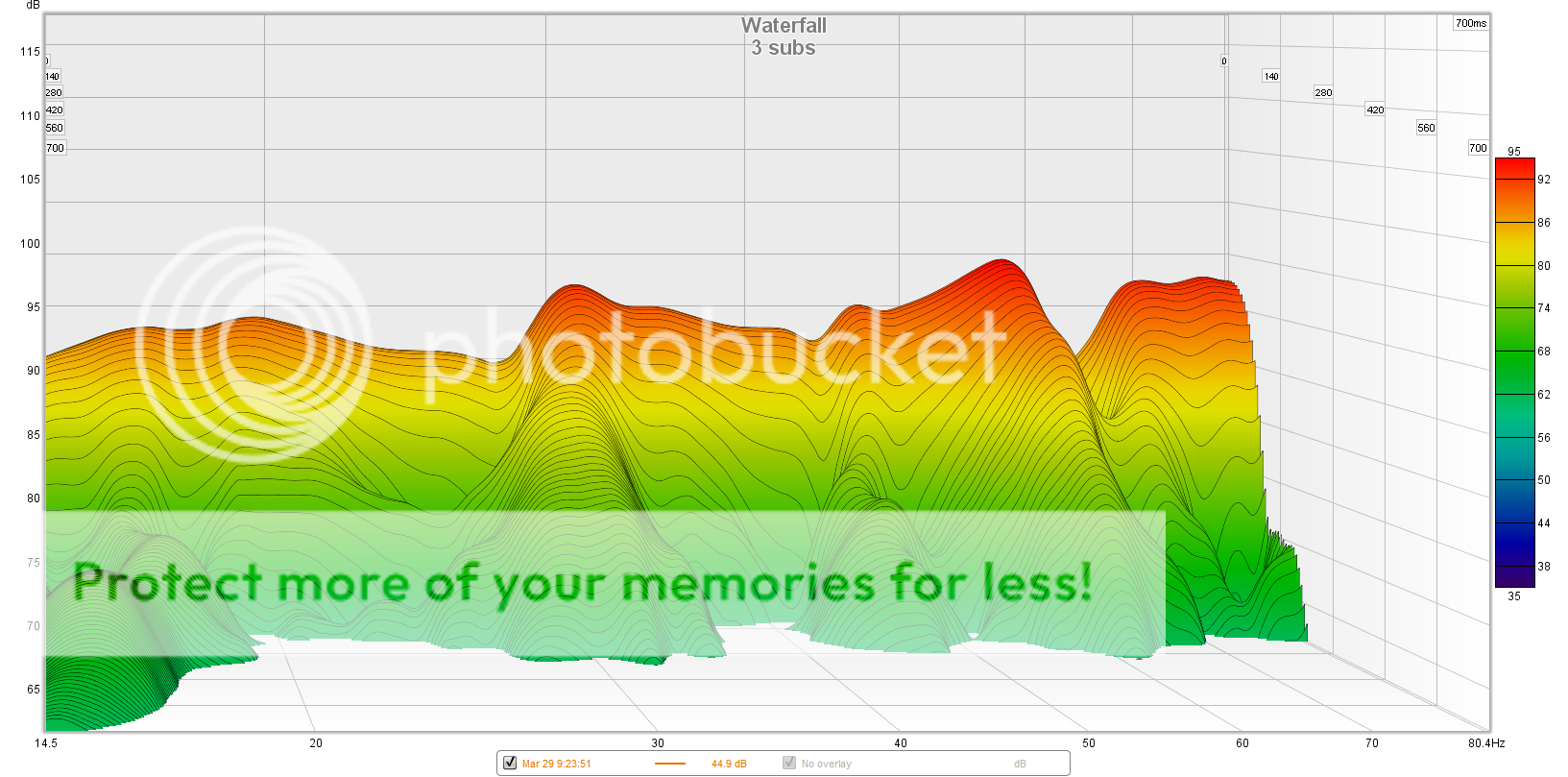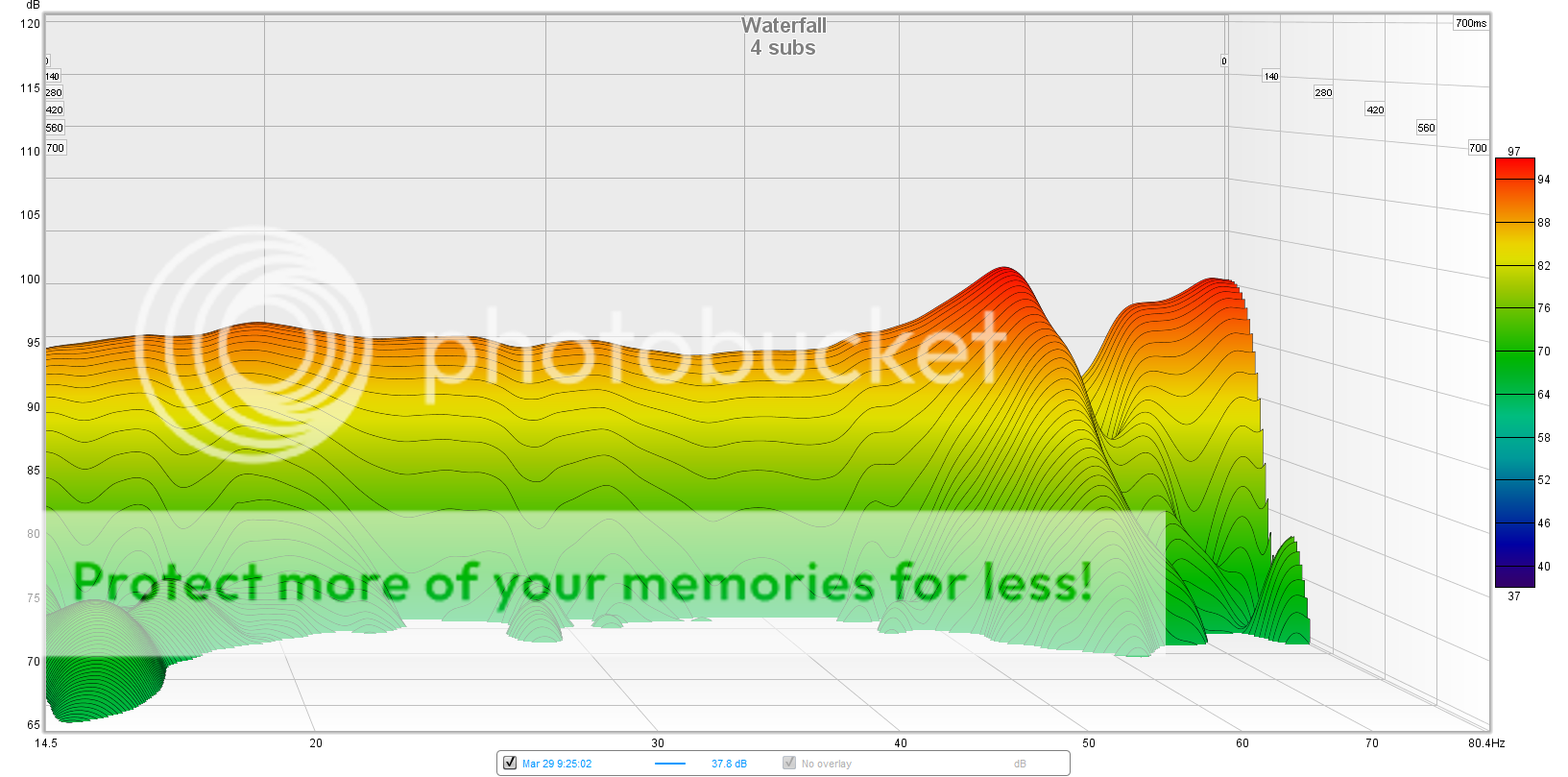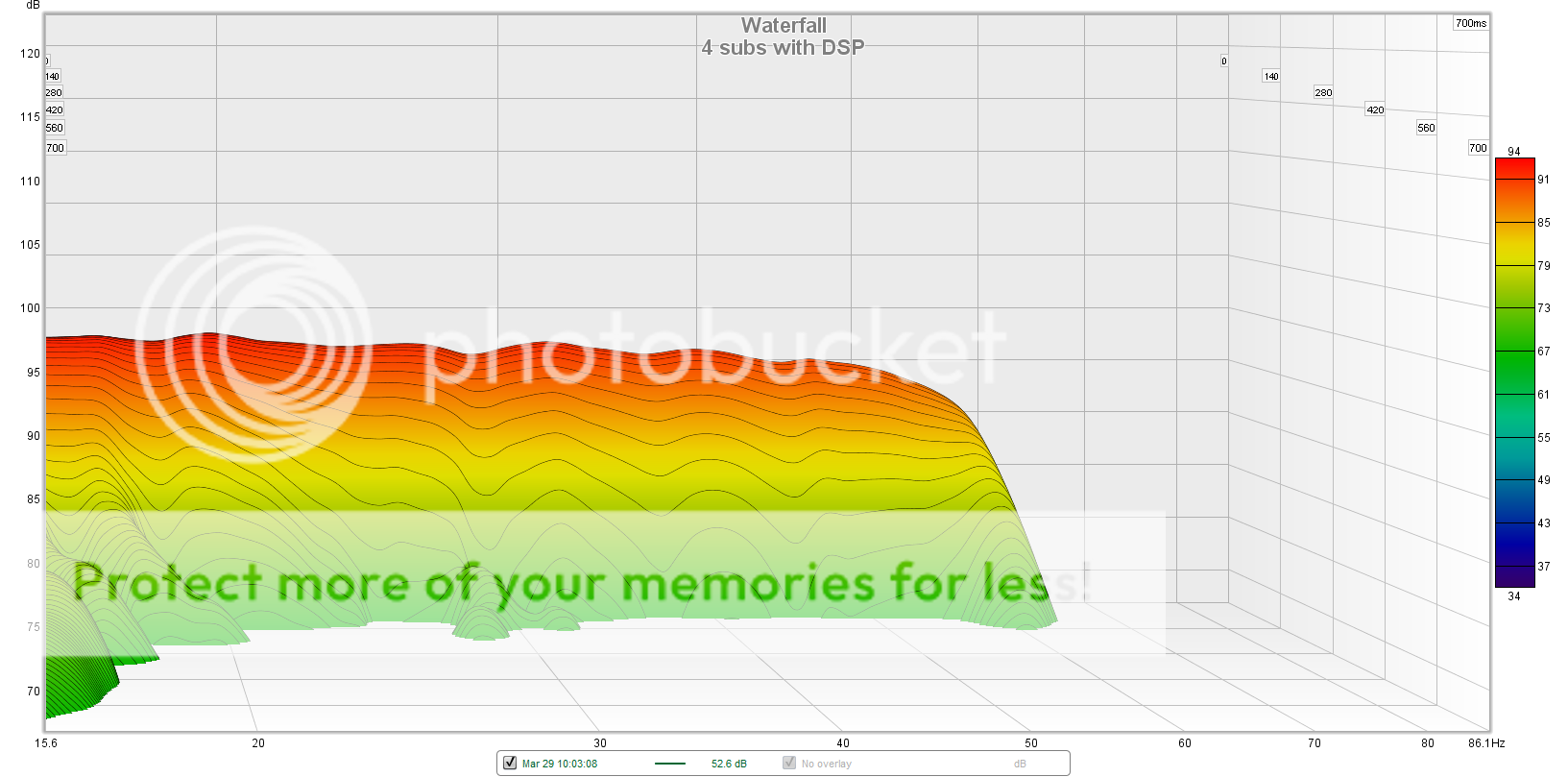Thetiminator
Painfully virile
Hi guys
I’ve got a pair of DB1’s that are currently sited in the rear corners of the room behind the speakers. They have two drivers so each sub has one pointing across the long rear wall and tother hitting the side wall from about 1ft away.
I’d put them here as the dealer said this was the best place, but I’m wondering if anyone has gone from this position to beside the speakers (on the inside between speakers and rack), pointing toward the listening position? This would mean one driver would be firing toward the listening position and the other rear wards toward the back wall....
I thought I’d ask first as moving them would involve a pile of shuffling and moving of other bits and pieces....
They work well at the mo, but I’m wondering if the sound might blend even better with my mains (big horns with super fast bass) moved out of the corners?
Cheers
I’ve got a pair of DB1’s that are currently sited in the rear corners of the room behind the speakers. They have two drivers so each sub has one pointing across the long rear wall and tother hitting the side wall from about 1ft away.
I’d put them here as the dealer said this was the best place, but I’m wondering if anyone has gone from this position to beside the speakers (on the inside between speakers and rack), pointing toward the listening position? This would mean one driver would be firing toward the listening position and the other rear wards toward the back wall....
I thought I’d ask first as moving them would involve a pile of shuffling and moving of other bits and pieces....
They work well at the mo, but I’m wondering if the sound might blend even better with my mains (big horns with super fast bass) moved out of the corners?
Cheers


